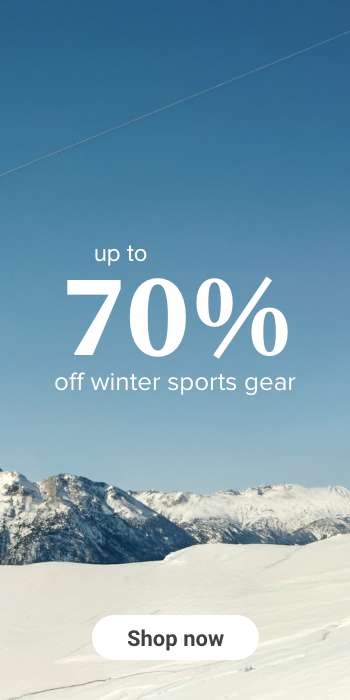Helmets
FAQ – Frequently asked questions about ski helmets
During a descent you can soon reach speeds of over 50 km/hour. And did you know that a ski helmet prevents serious head injury in 85% of falls or collisions? That’s the most important reason to wear a ski helmet. Wearing a helmet on the slopes is fundamental in taking care of your own safety. After all, even if you are an experienced skier, others on the slopes may not be. And you just never know where the snow will suddenly turn into gravel!
A ski helmet is also more comfortable than you might think because it keeps your head nice and warm. By covering your entire head, it provides extra protection from snow, cold and wind. This means that a ski helmet is actually warmer than a hat. And remember: a sense of comfort and security makes you feel much more relaxed, which results in better skiing!
Although they all come with a safety guarantee, there are different sorts of helmets. Forgetting the different features you can choose, such as a helmet with visor, adjustable ventilation, and removable ear pads, we distinguish between three types of helmets:
- In-mold: the in-mold ski helmet comprises a thin plastic outer shell with a foam layer on the inside. The foam is injected into the shell, making it an integral part of the helmet. This type of helmet is affordable and light, but provides less protection against sharp objects such as stones and branches.
- Hardshell: this tough helmet comprises an extra hard outer shell and a separate foam layer on the inside. This means that the helmet is more resistant to hard blows and sharp objects. Experienced skiers who enjoy going off-piste tend to choose the hardshell. Disadvantages? They are relatively heavy and more expensive than in-mold helmets.
- Hybrid: this helmet combines the best of both worlds. A light in-mold construction, with hard-shell reinforcement in places where it is most necessary. As such, the helmet provides a huge amount of protection, but is also light and comfortable. Hybrid helmets are heavier than in-molds and more expensive than other helmets.
Choose from our many top brands
Do you still have questions about the purchase of your ski helmet? Our customer service is at your disposal every day.

































































